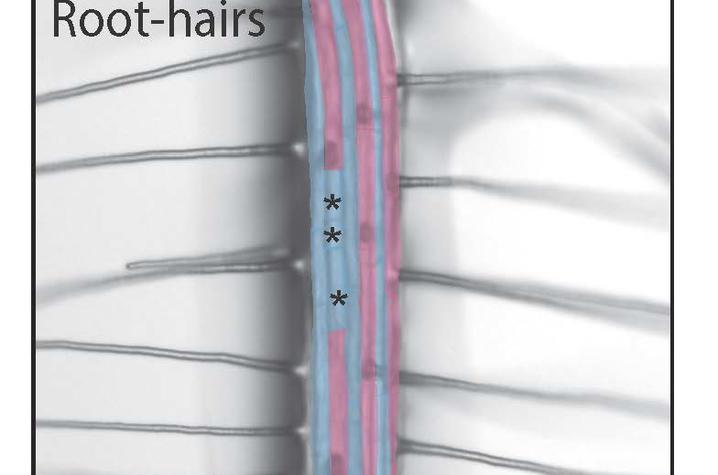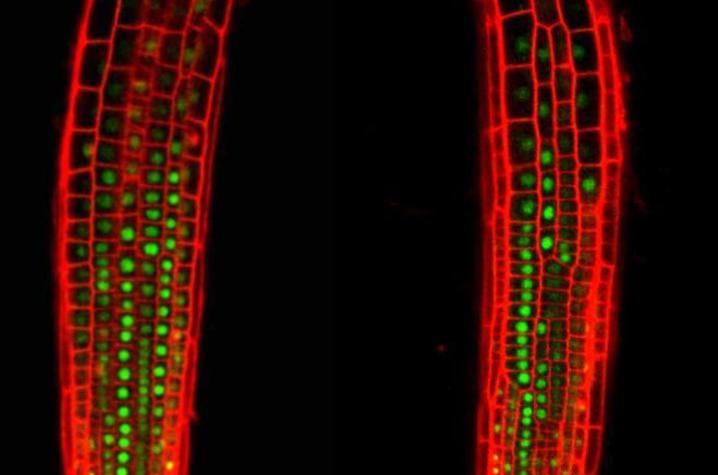UK Research Gets to the 'Root' to Unveil Plant Secrets
LEXINGTON, Ky. (July 18, 2017) — The University of Kentucky’s Seth DeBolt is a man of many interests and passions, most especially finding the answers to basic research questions which hold the key to opening up a world of potential applications that can improve our everyday lives.
A professor in the Department of Horticulture within the College of Agriculture, Food and Environment, some of DeBolt’s latest research is being published today (July 18) in Scientific Reports, a world-renowned research journal.
“This happens to be one of my favorite pieces of science,” DeBolt said. “We are finding out more and more how plants receive signals and how that information is used to make decisions.”
In the article appearing today, DeBolt and his colleagues at UK, together with other researchers at the University of Michigan and Kansas State University, are literally getting at the "root" of the question.
“Plants gain access to nutrients, water and their environment via roots,” explained DeBolt. “Roots are covered in 'root hairs.' These hairs expand the roots’ surface area to get more nutrition. But for a root to decide to make a hair, a series of very specific genetic events must take place.
“At the heart of the decision making is a receptor, like a traffic light, called 'SCRAMBLED' that sits in the membrane and helps make downstream decisions. We show that the addition of a single sugar molecule to a membrane lipid is required for the SCRAMBLED receptor to sit in the membrane and allow its functionality. It tells a story of how plants use simple sugar additions as signals to engineer cellular systems,” DeBolt said.
This basic research could lead to the selection of plants that are able to more efficiently use nutrients and ultimately produce more food.
DeBolt advises graduate students at both the master’s and doctoral levels while also teaching undergraduates and providing research opportunities for UK undergraduates and high school research scholars. He also serves as director of UK’s Distillation, Wine and Brewing program.






